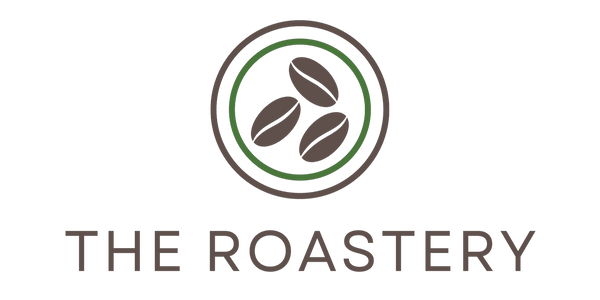Exactly when and how coffee came to Bolivia is uncertain. Similar to many other areas of the Americas, coffee was likely brought by enslaved people from Africa. The first records of coffee in Bolivia come from the 18th century through estates in the Yungas region, grown and consumed by the landowners. Later plantations began in the Yungas, but it was never the main crop. Coca leaves grew very well in the region and, at the start of the 20th century, made up 95% of the agricultural market in Bolivia. This prompted a movement to diversify crops to avoid complete dependence on coca production.
With a significant increase in global coffee consumption from around 1970, coffee production expanded more intensively in areas like Caranavi and La Asunta. In the 1980s, with the passage of Law 1008, which regulated coca and controlled substances and defined traditional and surplus coca cultivation areas, coffee was once again considered an economic alternative to replacing these crops. In the following years, several cooperatives and associations were created that would dominate a significant portion of coffee production compared to independent producers.
The La Paz department is the most well-known coffee growing region in Bolivia. This North-Western department shares a border with Peru. It is divided into 20 provinces and 85 municipalities. This region is known for its extreme terrain from the Andes mountains and rich water sources.
La Cooperativa Corpus Cristhy Illampu R.L is a coop from the Caranavi province of La Paz that was founded in 2001. Currently, they have around 40 contributing farms consisting of around 120 hectares of coffee plants. It is located in a mountainous area with an average temperature of 17-22 °C and a precipitation average of 1000 – 2000 ml per year. The Cooperative has a business growth policy, made up of fundamental pillars to increase the quantity and quality of production.




